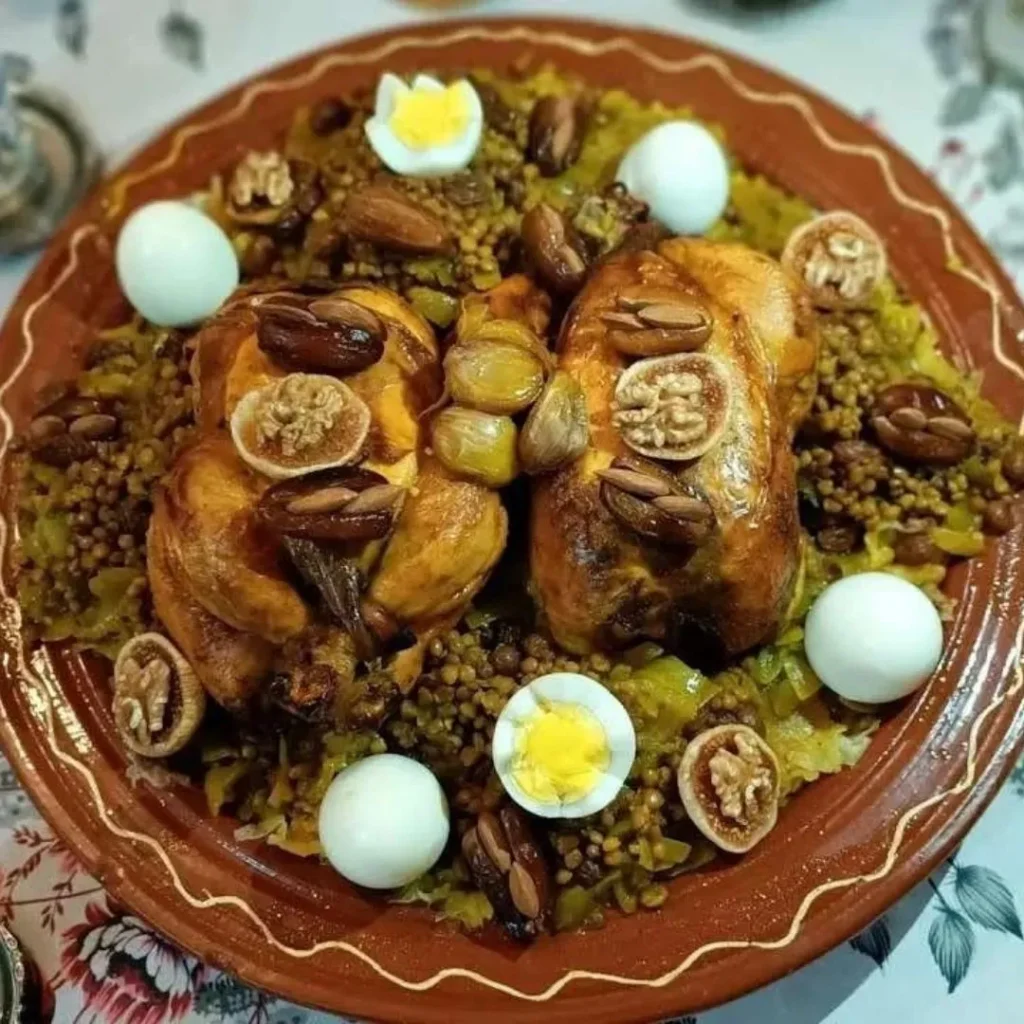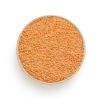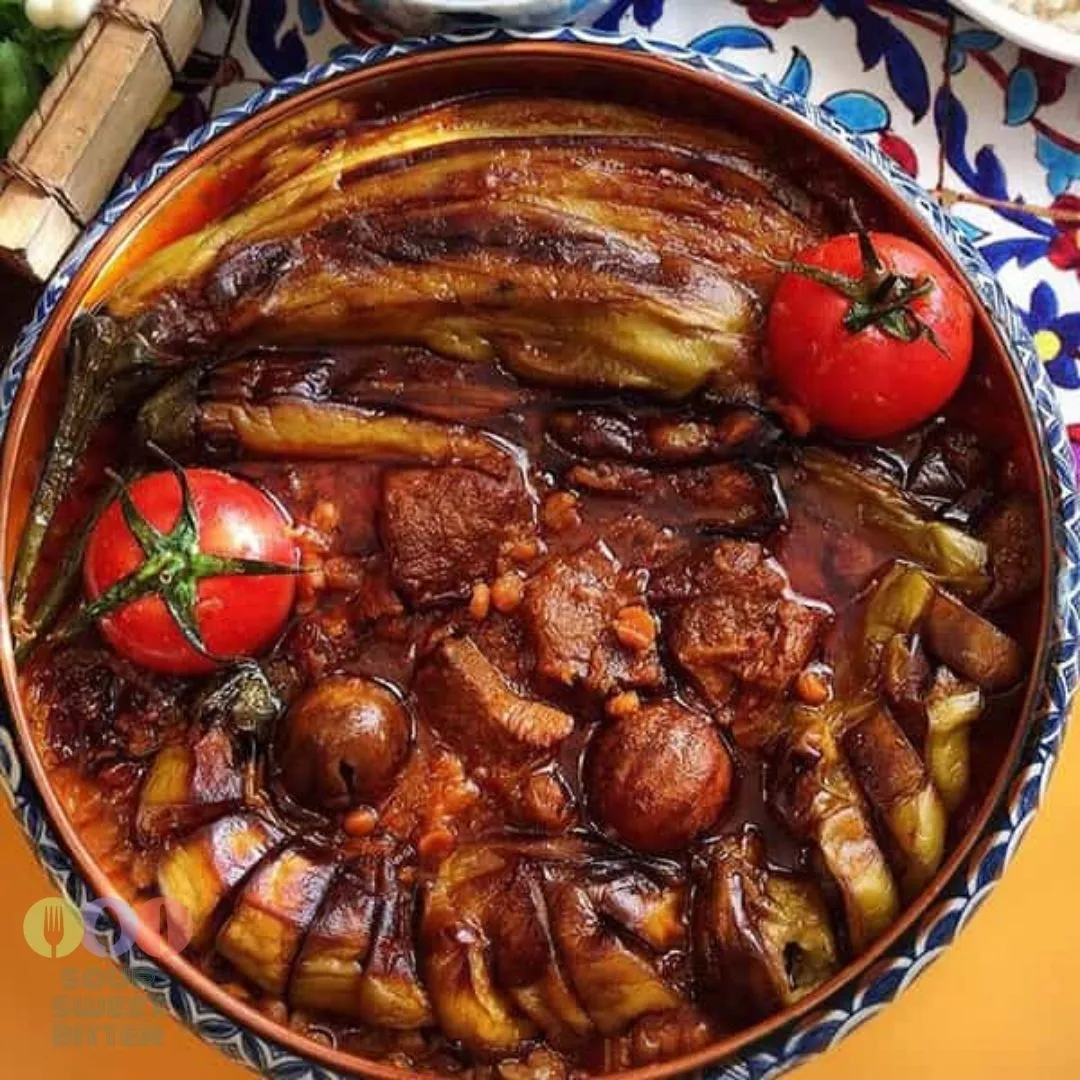Rfissa: A Heartwarming Moroccan Dish and Its Cultural Significance
Rfissa is more than a dish in Moroccan cuisine. It symbolizes family gatherings, celebrations, and cherished traditions. Often served during major life events like childbirth, Rfissa holds a special place in Moroccan hearts and among food enthusiasts worldwide.
The Origins of Rfissa
The origins of this dish are deeply rooted in Moroccan culture. Traditionally, families prepare it during important occasions, especially after childbirth. The rich spices and lentils are believed to help provide strength and warmth to the body, aiding postpartum recovery.
The Essence of Rfissa
At its core, this meal features slow-cooked chicken, lentils, and a blend of spices. What sets it apart is the bed of shredded msemen or trid, a type of thin flatbread that soaks up the flavorful broth. Saffron, turmeric, ginger, and smen (Moroccan preserved butter) give the dish its distinct aroma and taste.
The Ritual of Preparation
Preparing this meal is an act of love and patience. Making msemen or trid from scratch requires skill, as the dough must be kneaded, folded, and cooked to achieve the perfect texture. The chicken and lentils are slow-cooked with a rich blend of spices, allowing the flavors to meld into a hearty stew.
Serving Rfissa: A Family Affair
Serving this dish is more than just about eating; it’s an experience. It’s often placed in a large communal dish in the center of the table, inviting family and friends to gather around and share. This communal style of eating reflects Moroccan values of hospitality and togetherness. Enjoying Rfissa means more than satisfying hunger; it’s about connecting with loved ones and celebrating life’s moments.
Rfissa in Modern Moroccan Culture
Today, this traditional meal continues to hold cultural significance in Morocco. It’s prepared during celebrations, religious holidays, and family gatherings. Even in modern urban settings, the tradition of making Rfissa remains intact, and it’s a dish that many Moroccan families take pride in. It serves as a way to preserve Moroccan heritage and pass down traditions to younger generations.
Health Benefits
Beyond its cultural significance, this dish is also known for its nutritional value. Lentils provide a great source of protein and fiber, while the spices used in the dish, such as turmeric and ginger, have anti-inflammatory properties. The slow-cooked chicken offers essential nutrients, making this meal not only delicious but also nourishing.
How to Enjoy It at Home
Making this dish at home can be a rewarding culinary adventure. While it may seem complex, the effort is worth it when you taste the rich, comforting flavors. If you’re looking to explore Moroccan cuisine, this is a must-try that offers a genuine taste of Morocco’s culinary heritage.
Discover Traditional Moroccan Recipes Discover Traditional Recipes from Africa You may like this also: Indonesian Tumpeng
Moroccan Rfissa
Ingredients
For the Msemen/Trid Pastry:
For the Chicken and Lentils:
Instructions
Preparing the Msemen/Trid:
-
Mix the Dough: In a large bowl, combine the flour, semolina, and salt. Gradually add warm water and knead to form a smooth, elastic dough. Divide the dough into small balls and let them rest for 30 minutes, covered with a cloth.
-
Oil your hands and flatten each dough ball into a thin circle. Fold it into a square, then flatten again. Cook on a hot griddle or skillet until golden brown on both sides. Tear the msemen into small, bite-sized pieces and set aside.
Preparing the Chicken and Lentils:
-
In a large pot, heat the olive oil and smen/ghee. Add the chicken pieces, onions, garlic, ginger, turmeric, saffron, cinnamon, pepper, and salt. Mix well to coat the chicken in the spices. Cook over medium heat for about 10 minutes, stirring occasionally.
-
Add the soaked lentils to the pot, along with the chopped cilantro and parsley. Pour in the water and bring to a boil. Reduce the heat, cover, and simmer for about 1 hour, or until the chicken and lentils are tender. Stir occasionally and add more water if needed to maintain a stew-like consistency.
Assembling the Rfissa:
-
In a large serving dish, spread a layer of the shredded msemen.
-
Spoon the chicken, lentils, and sauce over the msemen, ensuring everything is well-covered.
-
Serve the Rfissa hot, with more msemen pieces on the side if desired.
-
Your homemade Moroccan Rfissa is ready. Besseha!















